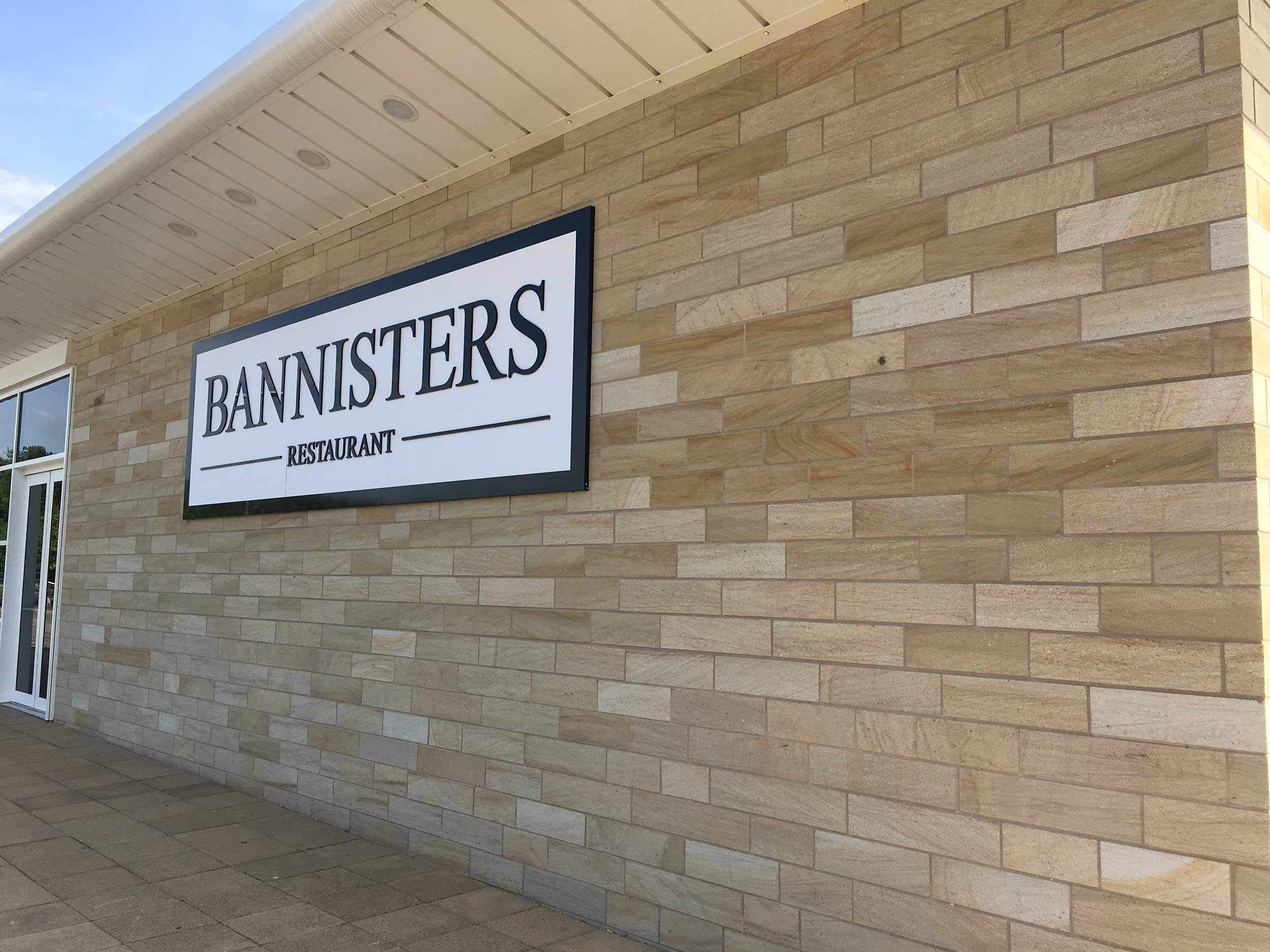
Ashlar
Ashlar masonry is a smooth faced stone masonry walling block. It has the finest finish, being sawn on all six sides, giving a totally flat face. Being sawn on all sides allows ashlar to be laid with extremely fine joints, often 5mm instead of the usual 10mm required for other walling stone. These tight joints give an even finer finish to the wall. Ashlar masonry is of very high quality, used in the construction of traditional buildings. However, ashlar is also used on contemporary buildings as well. Often used on farmhouse, or barn conversions, it is a good way to bridge the difference between old and new buildings. Northern Stone Sales (UK) Ltd are suppliers of natural ashlar masonry stone, produced to your precise dimensions. We can supply to building contractors and civil engineers around the country.
All around the country are buildings that are constructed from ashlar masonry, in colours ranging from white limestone to the deep, luxurious red sandstone, that defines Chester. Ashlar masonry creates tradition, from an entire building clad in the smooth finish of ashlar stone or adding an elegant architectural feature to a building project. Ashlar cladding is the traditional, smooth finished building material, most often seen on large, municipal buildings, like libraries, museums, churches or town halls.
Bed sizes, course heights and block lengths can all be set to your specifications, as well as all other masonry elements. Ashlar masonry differs from regular walling stone in it’s course heights. Ashlar course heights are generally 145mm or 220mm as opposed to the standard 140mm or 215mm of pitched or split faced walling. This larger size is to account for the narrower 5mm joints between courses that ashlar is laid with.
When ashlar masonry is used on its natural bed its natural grain remains in the same orientation as when it was formed over millenia of geological action. This method of contruction maximises the compressive strength of the building. If ashlar is laid with a joint, or edge bedding, the stone is likely to crack. If laid in a face bedded plane, the stone is likely to delaminate or erode with the weather and stress created by the compressive loads from the stone above. Our ashlar is always produced in its natural bedding plane.





